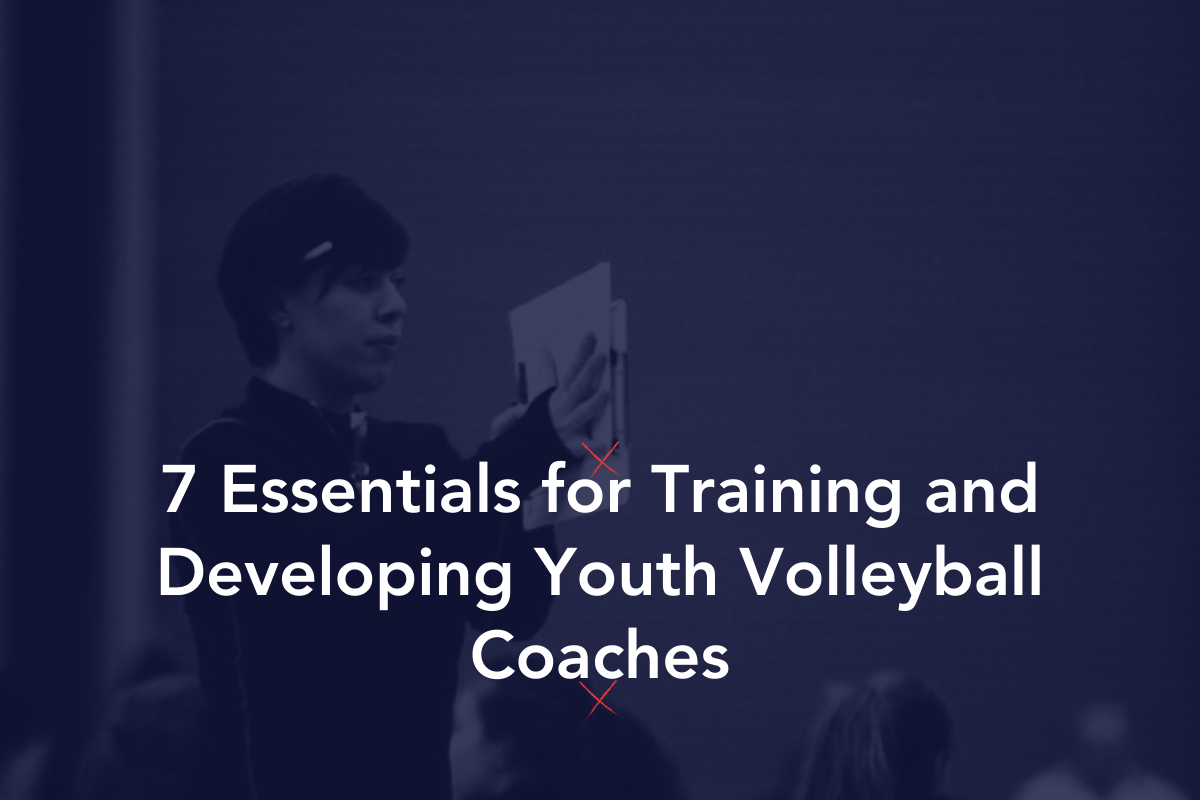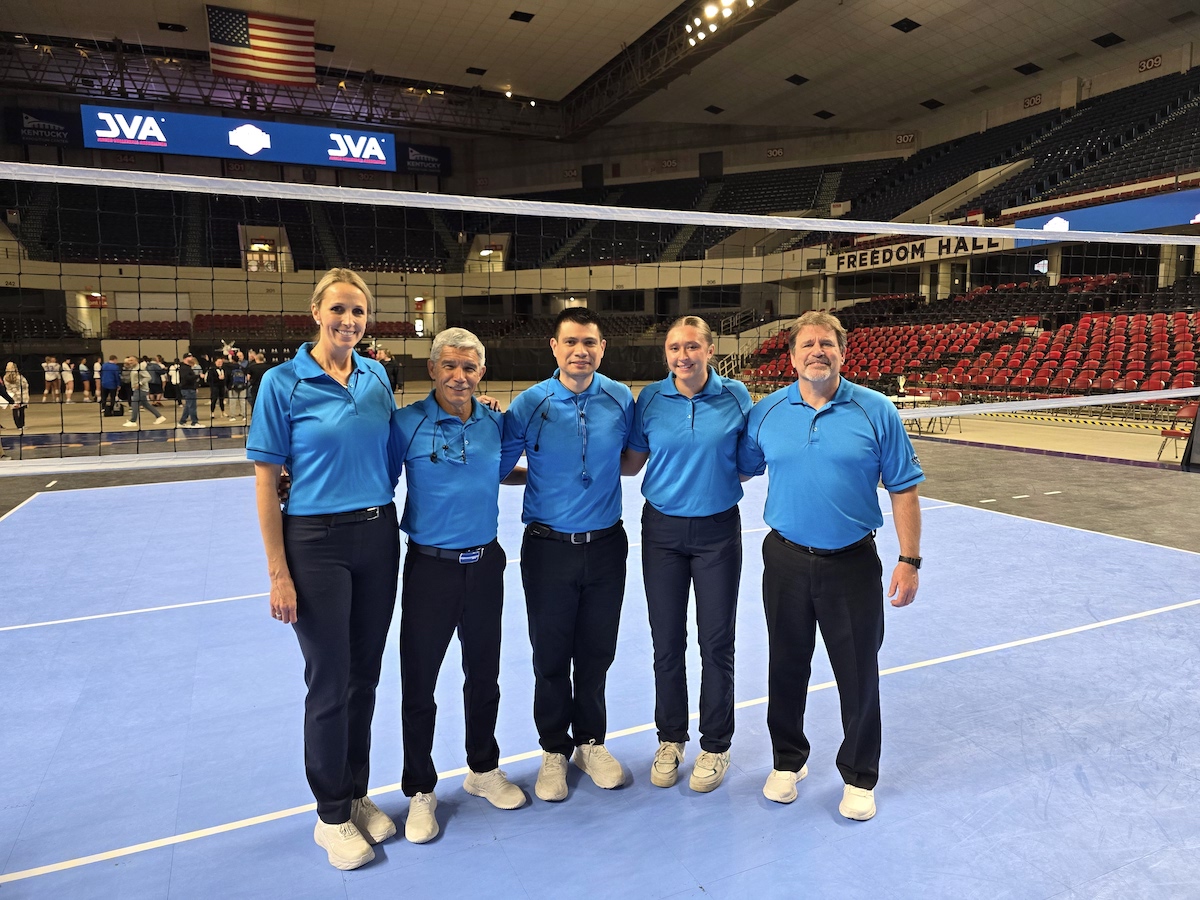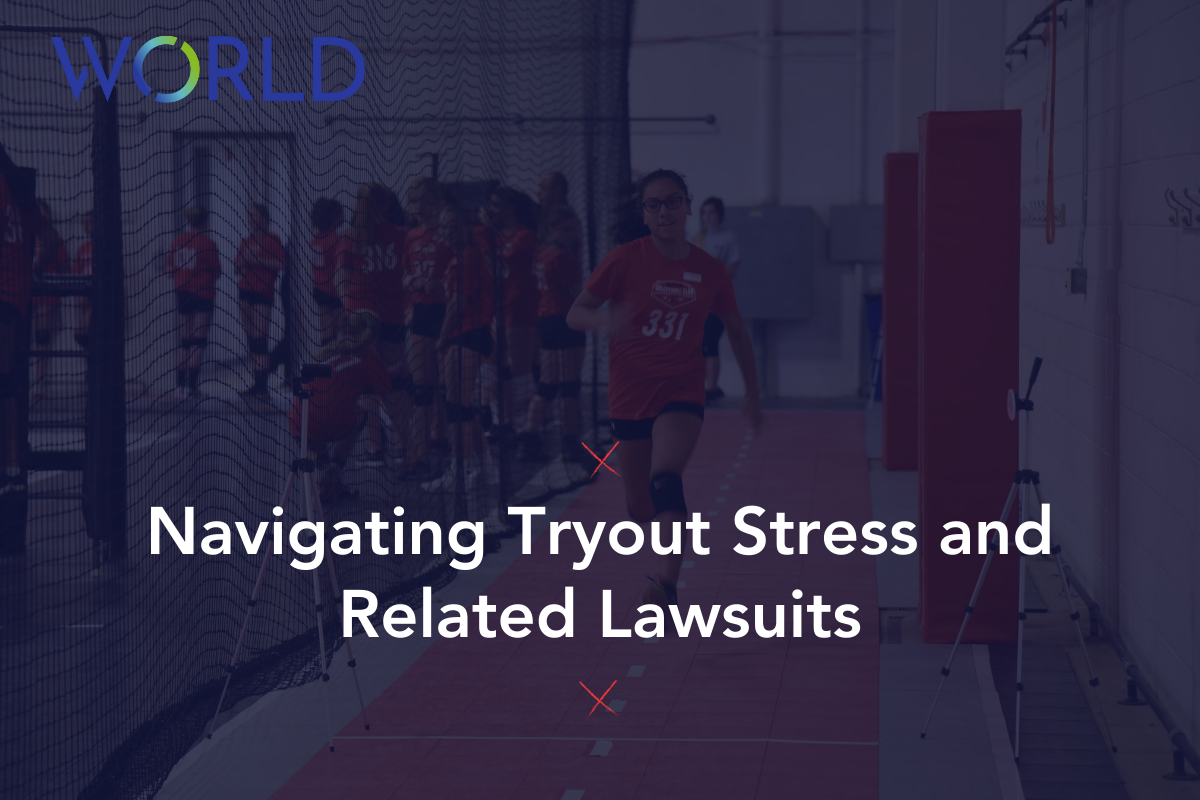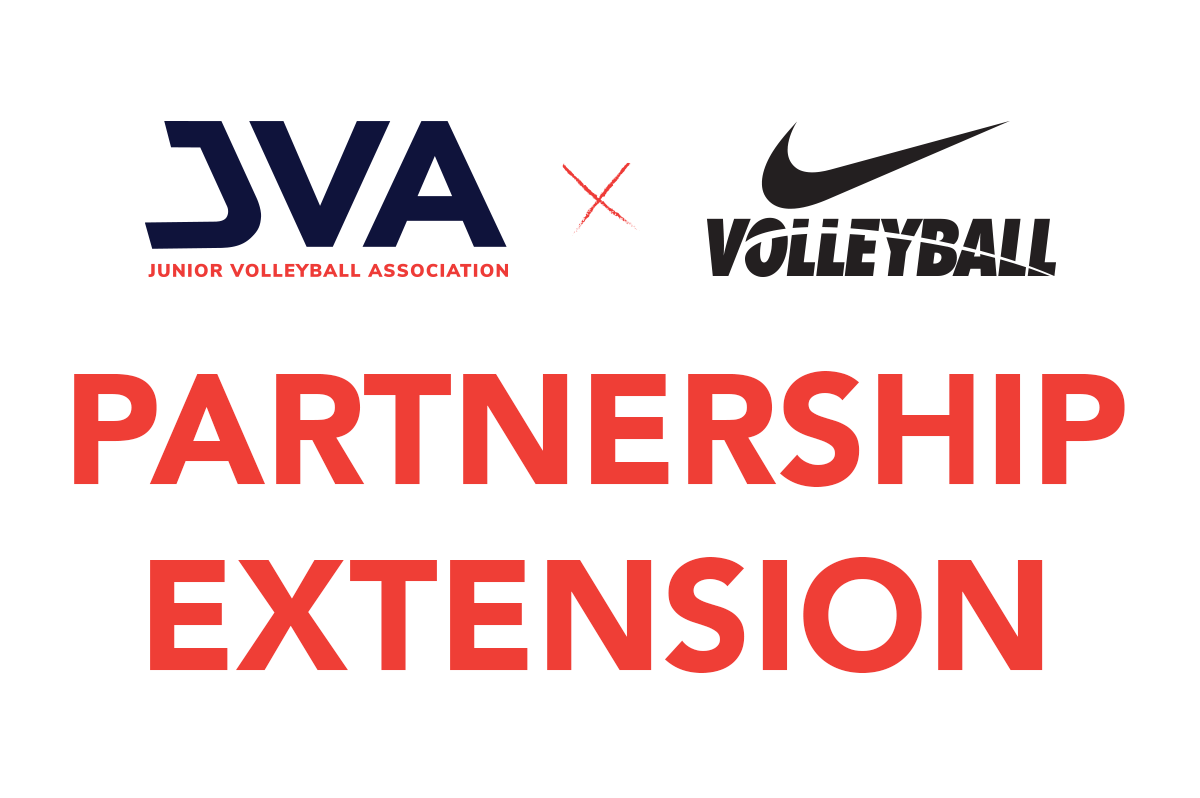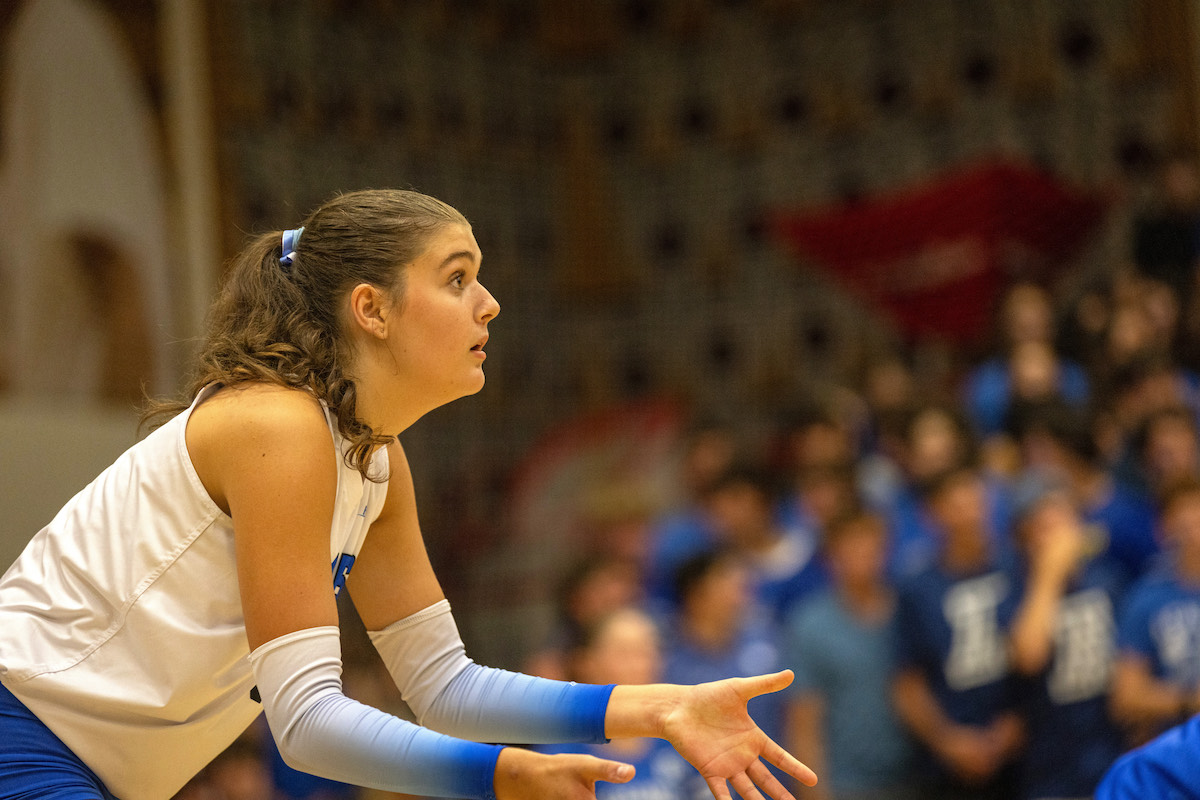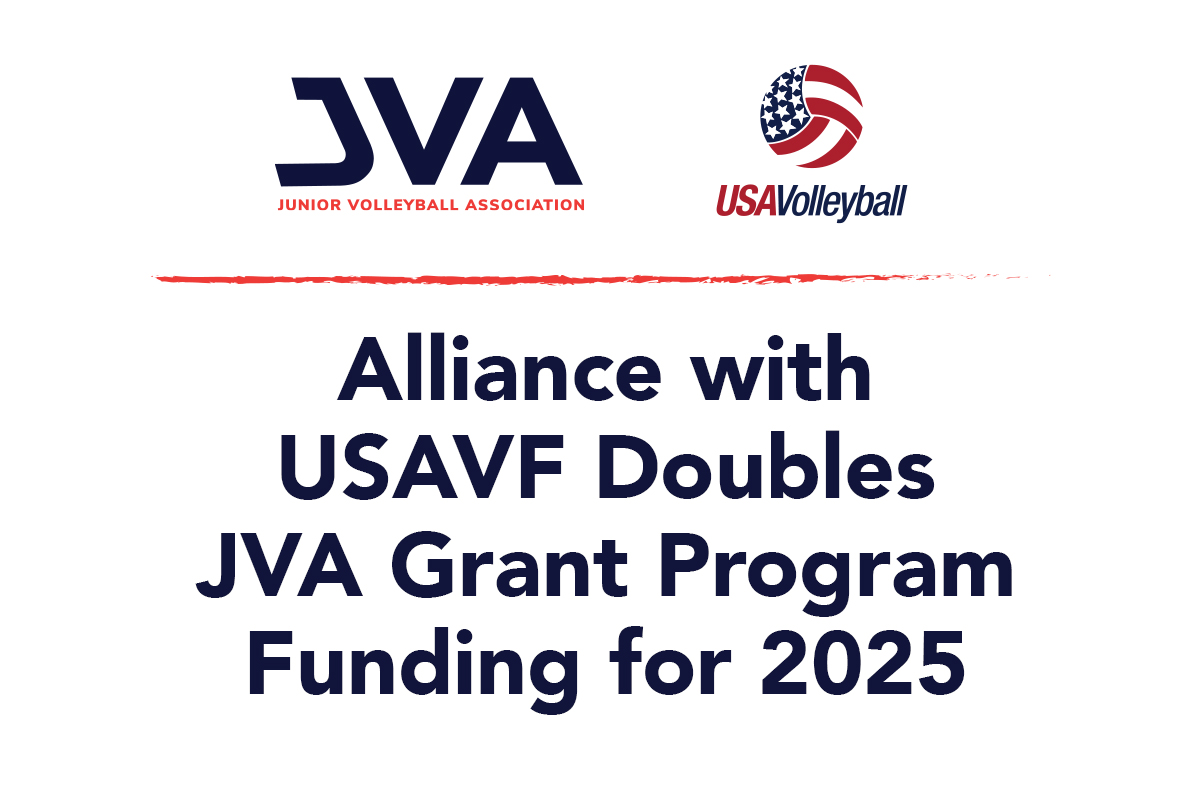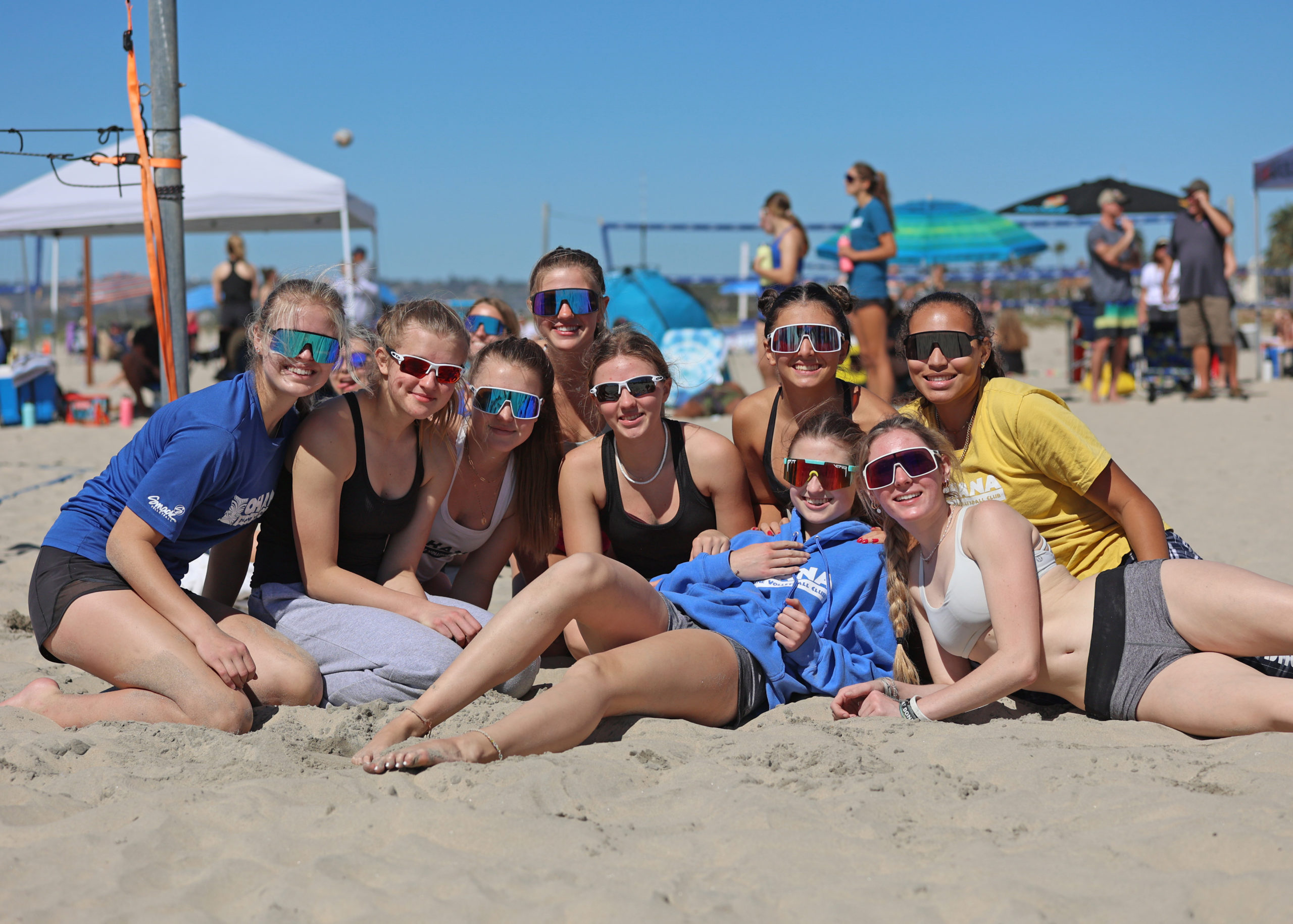When implementing an early season training program, the first thing to consider is the type of physical activity the participants have recently had, and what place their bodies are in from a fitness perspective when the training program begins.
Most female volleyball players begin the club season within one or two weeks from the end of high school season. The high school season includes a high frequency of games played in a very short amount of time, followed by the start of club practices. Therefore, an early season training program should focus on restoring the tissue health of the athlete and not overloading the muscles too fast, but also still give the athletes a good challenge to grow.
Here is a structured training program for the first part of the club season leading into tournament play:
- This program is for ages 10U to 18U. It is scalable to any age group and weight room experience level. While it was created with an experienced athlete with a weight training background in mind, it can be adjusted for the younger athletes or athletes who have never done weight training before.
- Higher volume (more reps and sets, longer lifting temps)
- Lower intensity (less weight on the bars and dumbbells, less intense jumps)
- Early education on the training progress, terminology and techniques used in the weight room
- Looking to build the body’s tolerance up to the demands of volleyball

Warm-Up/Plyometrics
Power Block
There are 3 exercises in a circuit with rest in between to avoid fatigue and continue to give high effort. This block gives more time and attention to increasing explosive ability, but includes variations that would be easier on the body.
- Weighted dumbbell jumps are actually a great way to lower jump intensity when the weights aren’t too heavy since the athletes won’t be able to reach full jump height.
- Depth landings, as shown in the video, a great way to increase jumping landing tolerance in the lower body. Landing from higher heights of an athlete’s current vertical jump builds the leg’s ability to handle landings and sets up better reflexes for future vertical jump increases.
- The split stance medicine ball throws build upper body power while having the lower body in a non-linear position which is a critical skill to build for not only hitting, but passing and setting out of system as well. This entire section took 15-20 minutes.
Strength Block
 The strength block includes two lower body and two upper body movements. Each week of training throughout the preseason covers every necessary muscle group and movement pattern to best develop an athlete’s body for the game. This sample workout includes front squat, push ups, hamstring curls and dumbbell rows for a good full body workout. Having a full body plan each day allows the athletes who cannot make every session during the week to still work a bit of everything and see great growth for what they miss. The strength block movements are done in a circuit in order to have breaks between the movements.
The strength block includes two lower body and two upper body movements. Each week of training throughout the preseason covers every necessary muscle group and movement pattern to best develop an athlete’s body for the game. This sample workout includes front squat, push ups, hamstring curls and dumbbell rows for a good full body workout. Having a full body plan each day allows the athletes who cannot make every session during the week to still work a bit of everything and see great growth for what they miss. The strength block movements are done in a circuit in order to have breaks between the movements.
The largest emphasis for strength work is the tempo. The “4s ECC” next to two of the movements means the athletes have a four-second tempo on the eccentric phase of the movement, which means four seconds on the way down (for most movements). Tempo resistance training has been shown to create greater muscle lengthening that leads to both better strength and mobility, and is great for building stronger tendons and ligaments as well. These, along with training isometric pauses, allow the athletes to create better tissue to have a base for later on explosive movements and strength gains. Remember, this is preseason and they do not have to be at their peak quite yet. Rushing the process of a plan is an easy way to mess up a plan and have your athletes compromised. A patient and steady program is always the best plan when it comes to strength training for athletes. This part of the training takes 25-30 minutes.
C.A.R.E. exercises
This block can be optional towards the end of a training program if you have some time in your session. C.A.R.E. stands for core accessory and rehab exercises and was an opportunity to do some extra work in the areas that usually have volleyball specific injury. It can be a beneficial time to get extra hip, knee, ankle and shoulder work. It is also an opportunity to work with the injured athletes to get them some specific health.
Strength and conditioning needs a well educated and qualified coach to implement. Secure a qualified trainer to lead your club’s fitness program, figure out what kind of equipment you have and time to allocate to training, and discuss the goals of the program with the trainer.
View more fitness workouts and education for volleyball teams
About the Author
Pete Christofferson is the head of athletic performance for volleyball at T3 Performance in Northeast Ohio. He is the performance training coach for Cleveland Volleyball Club, a JVA member club in Cleveland, Ohio. Peter oversees the strength and conditioning for all volleyball athletes as well as training various athletes from other sports for various goals, including speed, jumping, strength, conditioning development, and return to play. Prior to this role, Pete worked as the director of training for multiple volleyball clubs and facilities and trained athletes within the collegiate and high school settings.



